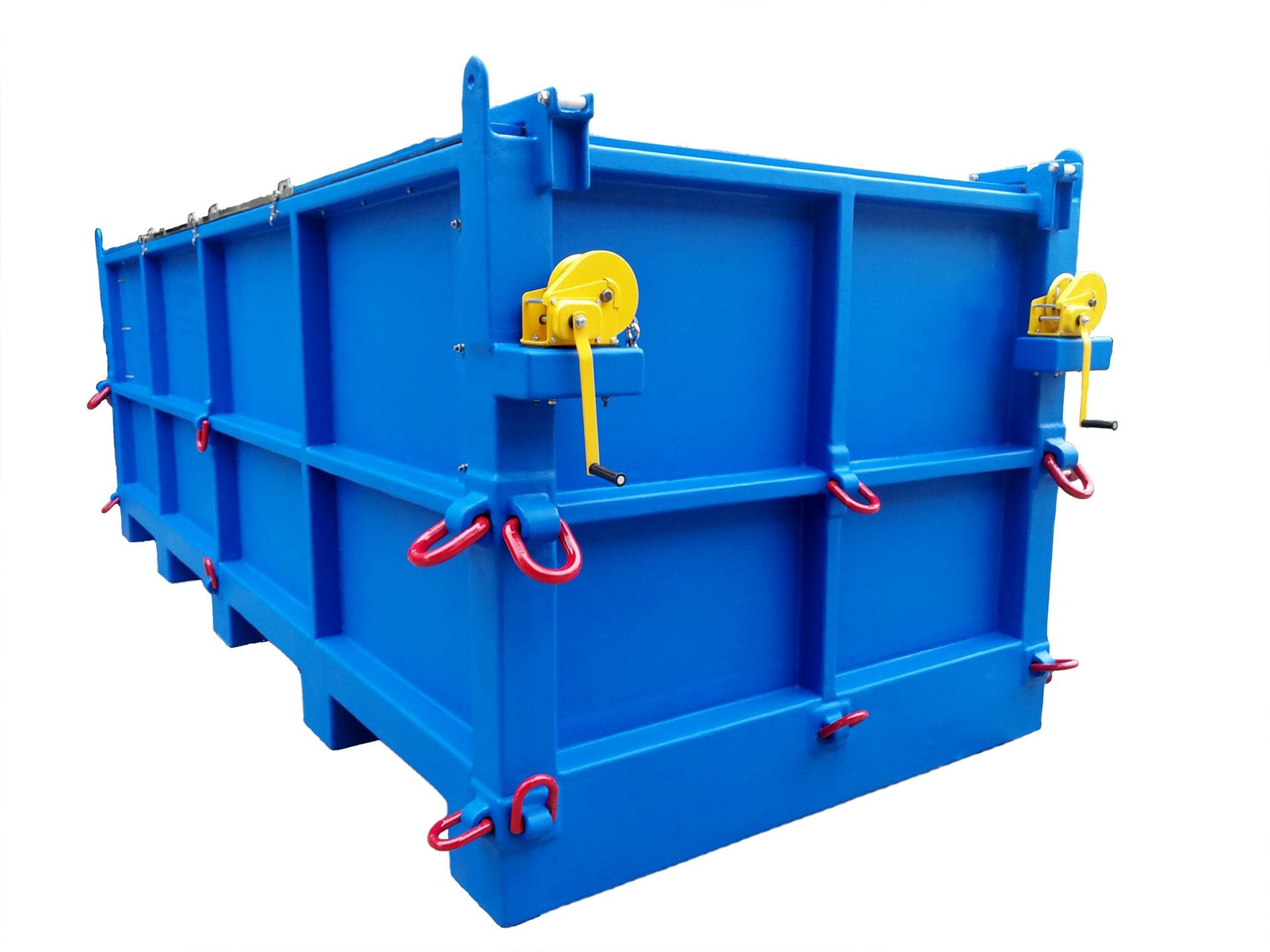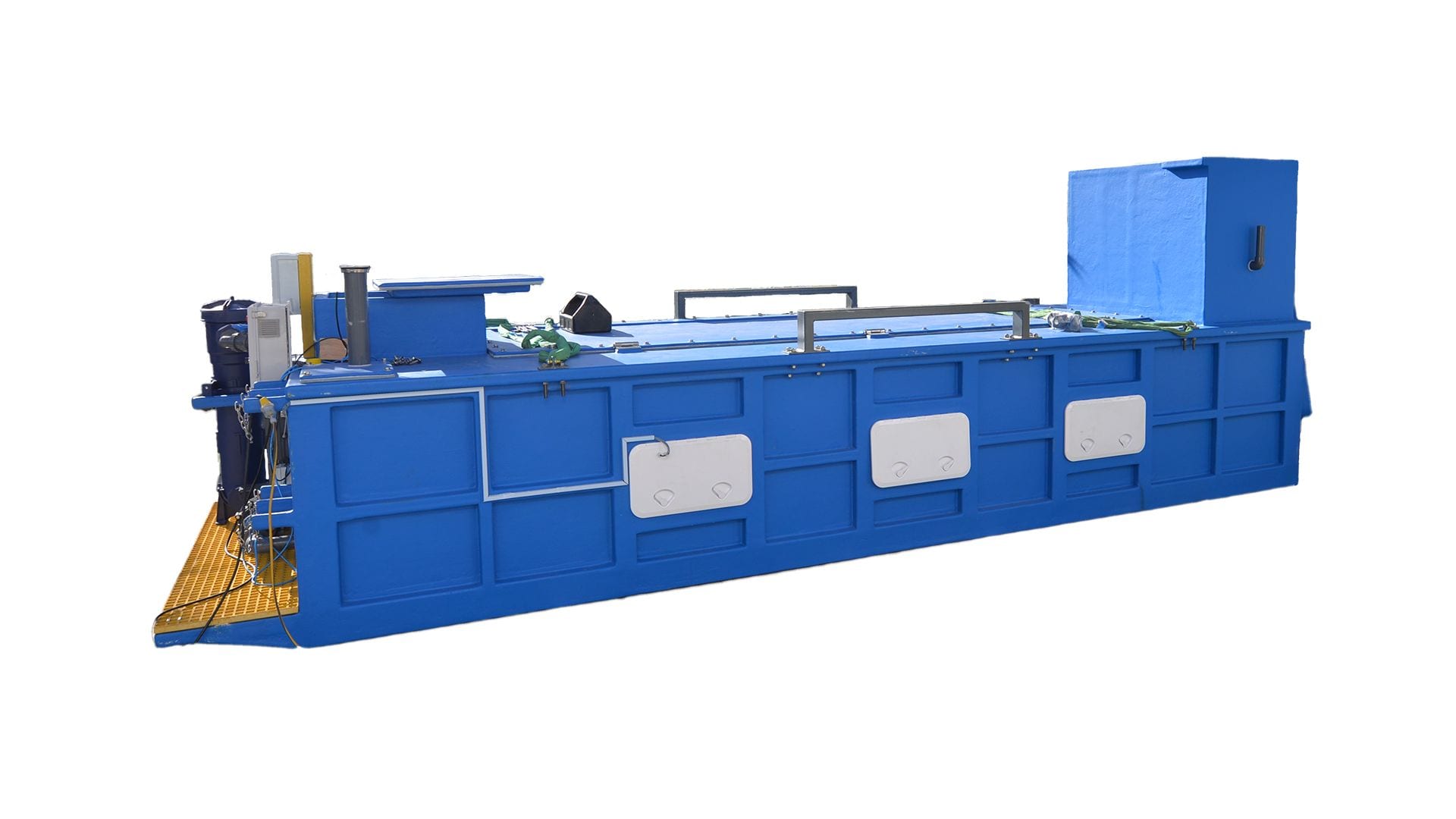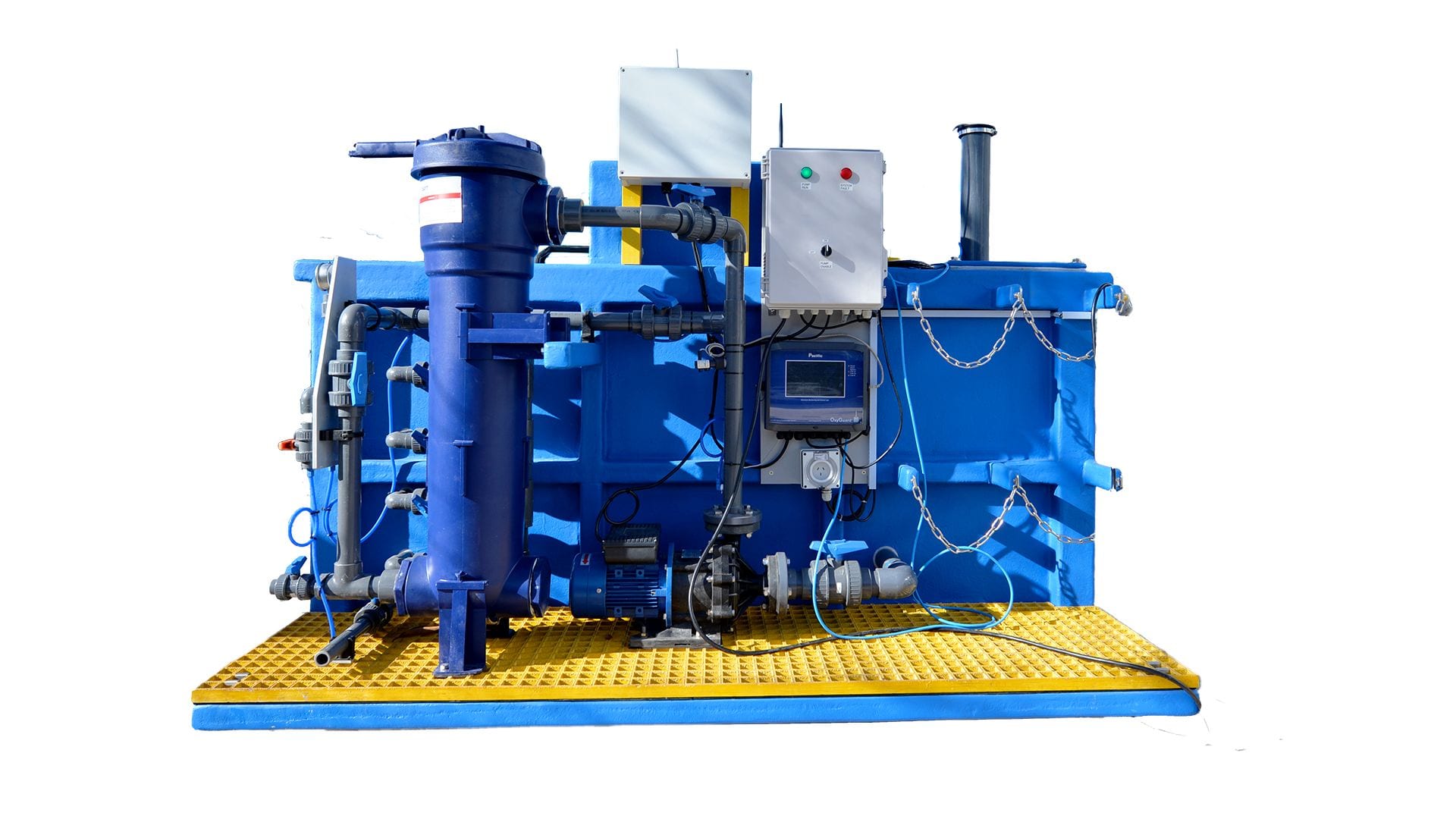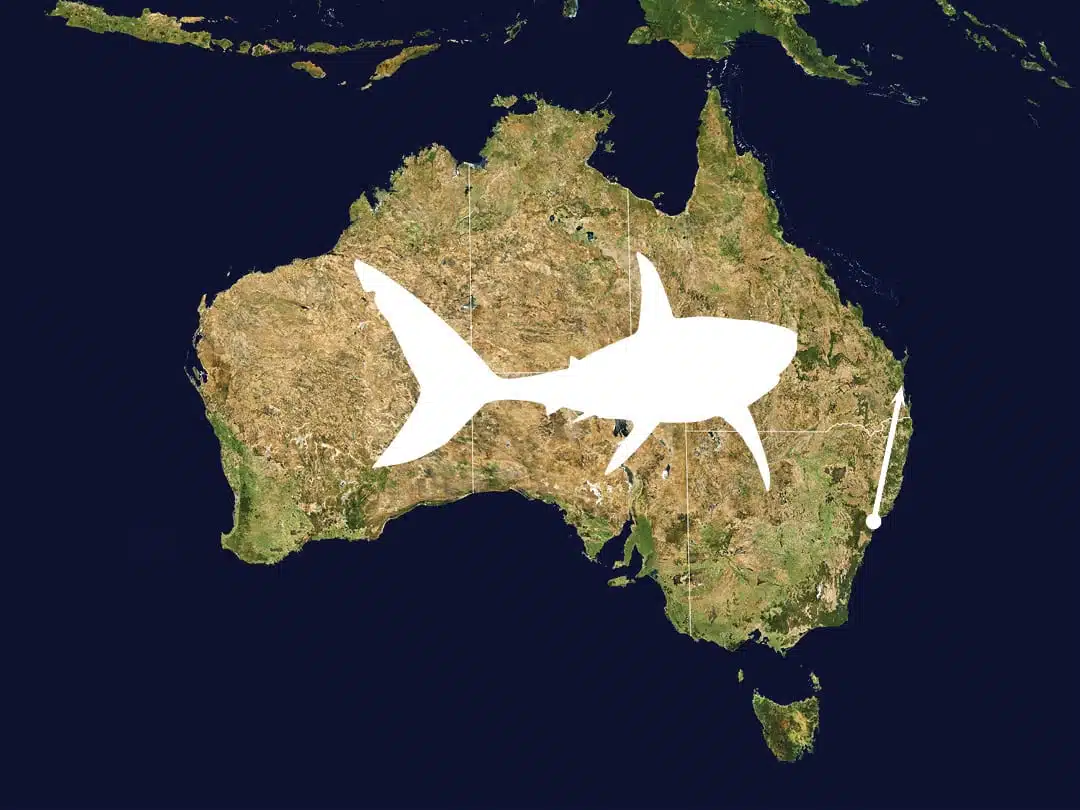Health and wellbeing are the top priorities when aquariums transport animals for stocking, breeding, retirement, or reintroduction to the wild. While each species is unique, these eight animal-care considerations are always worth revisiting.
1: THE JOURNEY BEGINS MONTH BEFORE DEPARTURE
Aquatic creatures are no different from humans in that they travel better when they are strong, fit, and healthy. So, before starting a journey, it pays for travellers to be in the pink of health.
More than a routine check-up by veterinary specialists, preparation for a journey begins by confirming that the animal is strong and resilient. Proper nutritional programmes and even strength-building exercise may be required and could take weeks or even months.
During this time, animal care experts familiarise larger species with the equipment that they will encounter on their journey. In particular, specialists train the animals to swim into transportation stretchers. These stretchers help lift the animals out of the pool and transfer them to their transportation tanks. Creating familiarity with this apparatus reduces stress when it comes time to travel.
“Aquatic creatures are no different from humans in that they travel better when strong, fit, and healthy.”
Empathetic with changing public sentiment about animals in captivity, some species – such as beluga whales – are being retired by leading aquariums. Typically, animals bred in captivity, or that have lived in captivity for a long time, cannot be released directly into the wild. So in recent years, protected seawater sanctuaries have been created in coastal inlets around Nova Scotia and Iceland. Beluga whales are transported there for retirement.
- Learn more about the Sealife Trust Beluga Whale Sanctuary
- Watch a video about the relocation of beluga whales from by the experts at Sealife..
Before they go, carers spend months preparing the animals for the changes in diet and water-temperature that they will experience upon arrival. When required, aquarium operators also carefully and slowly adjust the quality and characteristics of the water to match the water at the destination, so the animals are familiar with it before they get there. Preparation must also provide a period of quarantine to confirm that the animal is not asymptomatic of some illness. Pre-departure quarantine helps prevent the occurrence of an illness mid-journey, such as from a bug picked up through contact with other animals just before departure.
2: PLAN THE ROUTE WISELY
Safe animal transportation requires a species-appropriate tank (often custom made); a customised portable life-support system; a power supply; animal-friendly loading/unloading facilities at both ends; monitoring systems and, when appropriate, a suitably qualified chaperone.

Even with all of the correct equipment and facilities, route-planning plays a significant role in maximising animal welfare. Every stop, connection and transition introduces new logistical considerations that could affect the animal’s wellbeing.
Flying is the fastest way to travel, but planes do not take off from or land in aquarium car parks. So even when air-transportation is possible, a road-trip to and from the airports will be involved.
Every stop, connection and transition introduces new logistical considerations that could affect the animal’s wellbeing.
One of the most challenging tasks is to minimise time spent hanging around for vehicle refuelling or changeovers because it extends the journey and increases the burden on life-support systems. Even a short stopover in a cold or hot climate increases the work that thermal systems do to keep water temperatures stable. Temperature management can quickly eat-up the energy stored in batteries, too.
The supply of energy is less of an issue on a cargo-ship, but these vessels are far slower. They can spend many hours travelling through hot and cold regions. The financial savings from going by sea must be weighed against the advantages of a faster-trip by air.
In short, flying direct and with minimum fuss at both ends is better for humans and animals alike. The quickest journeys with the fewest and shortest stopovers are usually preferred.
3: USE CUSTOMISED, SPECIES-SPECIFIC TANKS
Overlook no detail in the design and construction of transportation tanks.
Giant, custom-made Advanced Aquarium Technologies (AAT) tanks, for example, feature a sturdy, welded steel frame with cell foam infill panels, all wrapped in fibreglass. Transportation tanks must be structurally sound, safe for the animals and handle the weight and movement of thousands of litres of water with ease.

Transportation tank roofs are enclosed to keep the animal safe and prevent spillage. We consult with aquarium curatorial teams on details such as skylights and winching points to aid with the loading of slings.
When Sea Life Sanctuary Manly closed, AAT designed and constructed a bespoke tank to safely transport a 30-year-old, 3-metre grey nurse shark, and two of his mates, by road to Sea Life Sunshine Coast.
4: DESIGN A ROBUST AND APPROPRIATE LIFE SUPPORT SYSTEM
The scale, sophistication and capabilities of life support system equipment must match the needs of the species and the length and nature of the journey. Things to consider:
- Filtering and debris removal requirements.
- Water-temperature management parameters.
- Oxygenation requirements.
- Water-flow requirements (static, intermittent, or continuous).
- Power-supply (mains, battery, generators, or all three).

5: DETERMINE YOUR FEEDING-STRATEGY EARLY
Feeding schedules are typically placed on pause for animals in transit. Do not leave feeding considerations to the last minute, because they can be complicated. Considerations include:
- Food supply/sources during the journey.
- Food storage facilities (e.g., refrigeration?) and preparation requirements.
- Possible import/export/regulatory requirements for the food, as well as the animal in transit.
- Feeding method (automated or manual).
- Impact on water quality management (feeding increases the production of material that needs to be removed by life support system filters).
Ideally, as mentioned above, the animal’s food will be the same or remarkably similar before, during and after the journey. Feed-consistency means fewer new experiences for the animal. Smart feeding strategies eliminate the requirement for a weaning period on arrival and lower the risk of an animal refusing to accept unfamiliar food at the destination.
6: MONITOR THE ANIMAL EN-ROUTE, AND ESTABLISH RESPONSE-PLANS
The most attentive and responsive monitoring system is an aptly qualified chaperone sent to accompany the animal(s). Beyond that, digitally enhanced monitoring systems come in varying levels of sophistication.
A simple option is to keep an eye on the animal using waterproof cameras mounted inside the tanks. Consider in advance how teams would respond to issues that could occur during transit.
Life-support systems should have integrated sensors and control boxes to check water quality and automatically adjust vital variables like water-flow, oxygenation and temperature.
7: COMPLETE AND DOCUMENT ALL LEGAL AND REGULATORY COMPLIANCE REQUIREMENTS
Carefully following all laws, regulations and international administrative processes is as much about animal welfare as it is about keeping companies and individuals out of trouble.
Failure to meet legal, regulatory, import, and export requirements can cause disruptive delays. Longer journey-times result in undue discomfort for the animal, and, in the worse case scenarios, could even prove fatal.
Moreover, even a minor administrative issue at one transit-point could have a knock-on effect on the coordination of later stages in the journey.
Simply put, it is vital to have all necessary paperwork and approvals 100% done and documented before departure.
8: ON ARRIVAL, PROVIDE SOME T.L.C.

Just like humans at the end of a long-haul trip, on arrival, animals are likely to be tired and at a heightened risk of being disoriented or cranky.
A carefully planned, species-appropriate series of steps are usually needed to transition the animal from its transportation tank to its new home.
Introduction typically includes careful monitoring in an intermediary quarantine facility.
The benefits of highly personalised care at this point are entirely unsurprising. After all, everyone cherishes some extra love and attention at the end of a strenuous journey.
Need help transporting aquarium species? Contact AAT.
Further reading.
DISCLAIMER
The information in this article is general in nature and does not constitute professional advice and is not intended to be a substitute for such advice and should not be relied upon as such. You should consider whether the information is appropriate for your needs. The article and any associated content published are bound by the terms and conditions of use. The terms and conditions of use of AAT’s website can be found here.